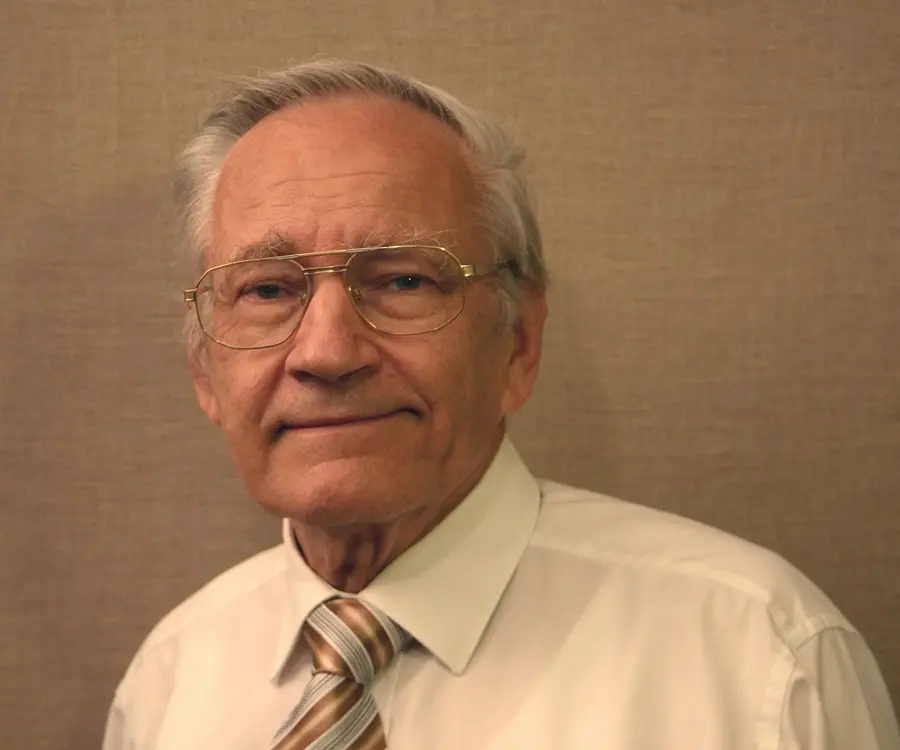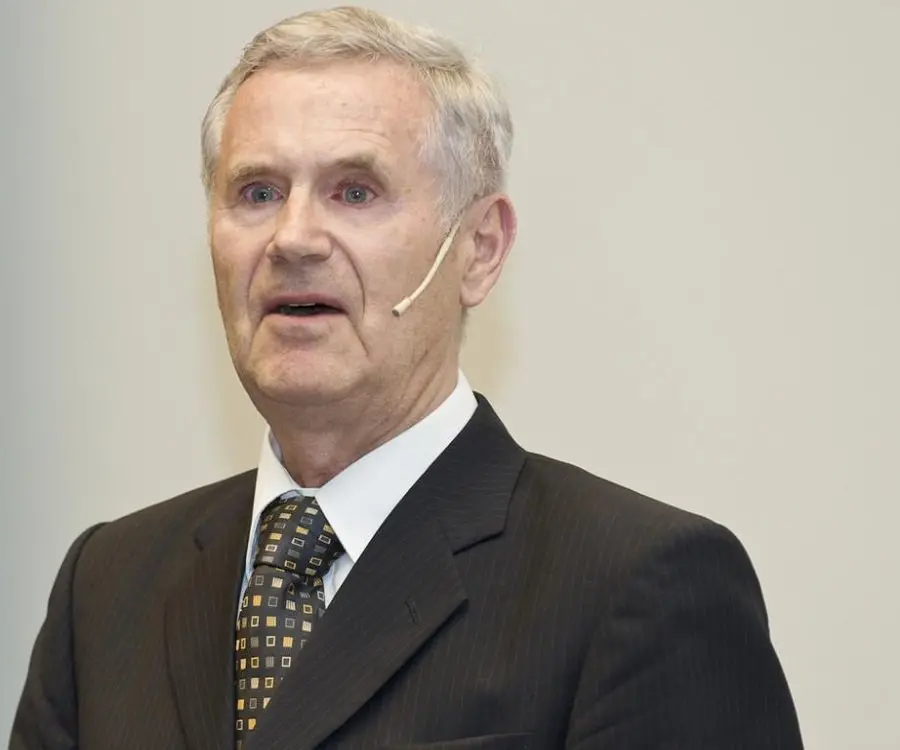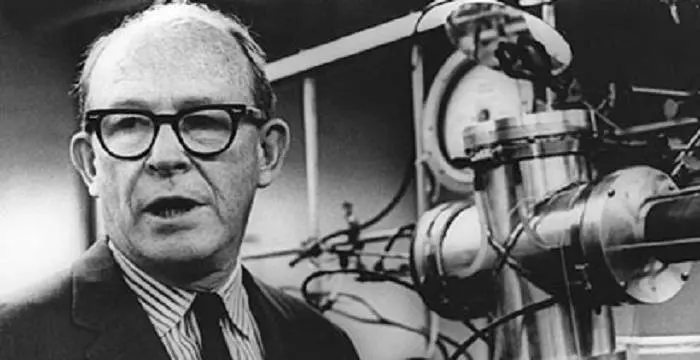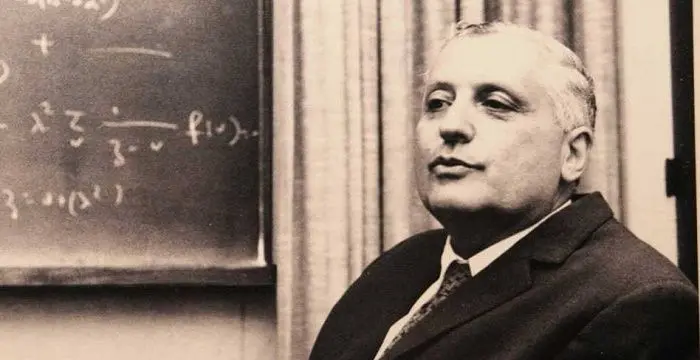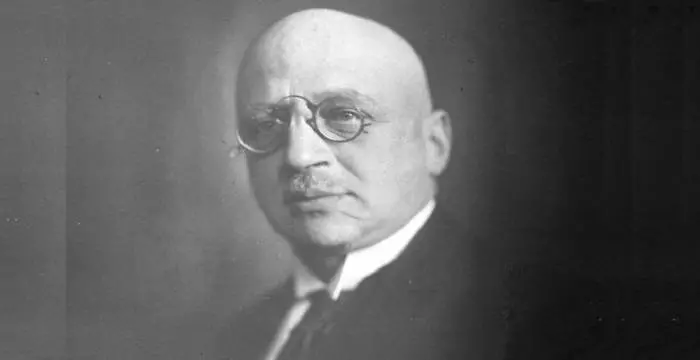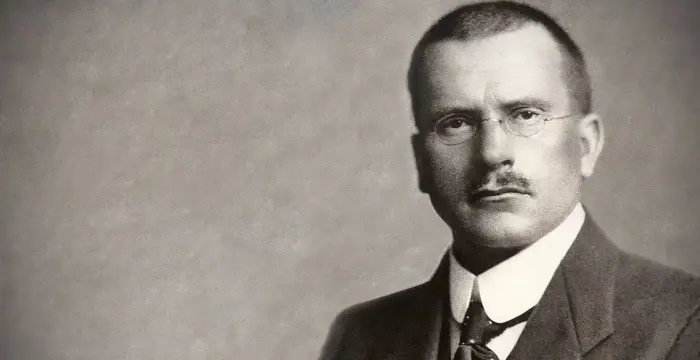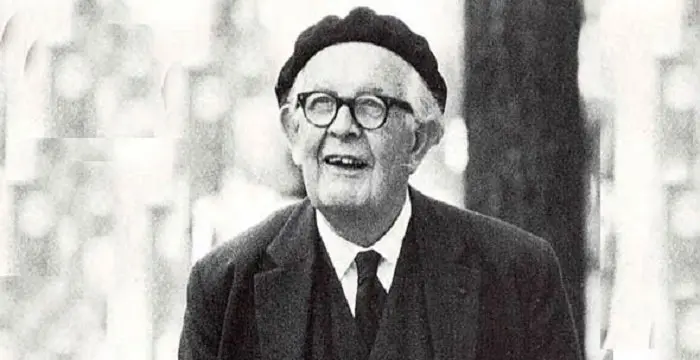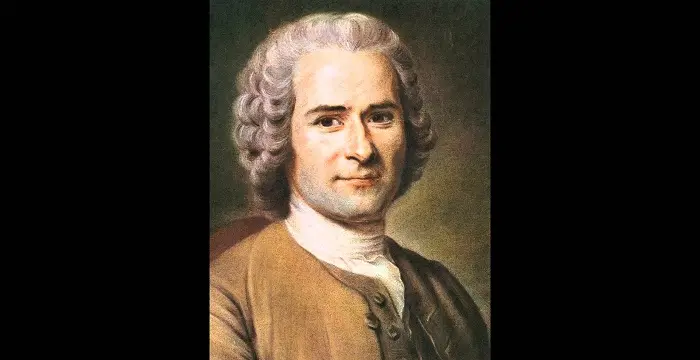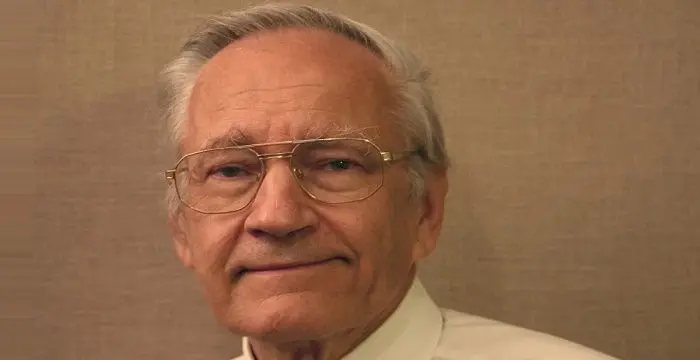
Richard R. Ernst - Physical Chemists, Family and Life
Richard R. Ernst's Personal Details
Richard Robert Ernst is a Swiss chemist, researcher and teacher who won the prestigious Nobel Prize in Chemistry in 1991
| Information | Detail |
|---|---|
| Birthday | August 14, 1933 |
| Nationality | Swiss |
| Famous | Scientists, Chemists, Physical Chemists |
| Spouses | Magdalena |
| Known as | Richard Ernst, Richard Robert Ernst |
| Childrens | and Hans-Martin, Anna, Katharina |
| Universities |
|
| Birth Place | Winterthur |
| Gender | Male |
| Father | Robert Ernst |
| Sun Sign | Leo |
| Born in | Winterthur |
| Famous as | Chemist |
// Famous Chemists
Henry Cavendish
Henry Cavendish was a theoretical chemist and physicist, renowned for discovery of hydrogen and calculation of the mass of earth. To know more about his childhood, profile, timeline and career read on
Walter Kohn
Nobel Laureate Walter Kohn was an Austrian-born American theoretical chemist and physicist. Check out this biography to know about his childhood, life, achievements, works & timeline.
Jabir Ibn Hayyan
Jabir Ibn Hayyan was a medieval era polymath. Check out this biography to know about his life, works and achievements.
Richard R. Ernst's photo
Who is Richard R. Ernst?
Richard Robert Ernst is a Swiss chemist, researcher and teacher who won the prestigious Nobel Prize in Chemistry in 1991, “for his contributions to the development of the methodology of high resolution nuclear magnetic resonance (NMR) spectroscopy”. Born in the artistic yet industrious town of Winterthur, his childhood interest was music. However at the age of 13, he accidentally discovered his passion for chemistry and pursued it to college. After completing his PhD in physical chemistry from the Federal Institute of Technology in Zürich, he moved to Palo Alto, California as a research chemist. There, he teamed up with an American scientist Weston Anderson, and discovered the methodology to significantly increase the sensitivity of NMR techniques. After few years, he returned to his alma mater in Zürich as a professor and introduced the technique that enabled a high-resolution, ‘two-dimensional’ study of larger molecules than had previously been accessible to NMR. His significant contribution to the field of nuclear magnetic resonance has helped scientists study the interaction between biological molecules and other substances such as metal ions, water, and drugs. It has also laid the foundation for the development of Magnetic Resonance Imaging (MRI) in medical diagnostics. He is credited with several inventions and holds many patents.
// Famous Scientists
Juliane Koepcke
Juliane Koepcke is a German-Peruvian biologist, who was the lone survivor among the 92 passengers and crew of the ill-fated LANSA Flight 508 that crashed in the Peruvian rainforest on 24 December 1971. Know more about her life in this biography.
Henry Cavendish
Henry Cavendish was a theoretical chemist and physicist, renowned for discovery of hydrogen and calculation of the mass of earth. To know more about his childhood, profile, timeline and career read on
Konstantin Tsiolkovsky
Konstantin Tsiolkovsky was a Russian rocket scientist and a pioneer of astronautics. This biography provides detailed information about his childhood, family, personal life, career, achievements, etc.
Childhood & Early Life
Richard R. Ernst was born on 14 August 1933 in Winterthur, a suburb of Zürich, Switzerland, to Robert Ernst and Irma Brunner. He had two sisters. His father, Robert, was a teacher of architecture at the technical high school of Winterthur.
Winterthur was a unique blend of artistic and industrious activities which influenced both, Richard’s leisurely and professional interests. At an early age, he learned how to play the violoncello and got interested in musical composition.
At the age of 13, however, he discovered his interest in chemistry. In his family garret, he chanced upon a box filled with chemicals that belonged to his late uncle, who was a metallurgical engineer but interested in chemistry. Thereafter, he started experimenting with the chemicals and became increasingly curious about chemical reactions.
He furthered this interest by reading all available books on chemistry at his home and the city library. Before long, he realized that he wanted to be a chemist instead of a musical composer.
After high school, he enrolled at the famous Swiss Federal Institute of Technology in Zürich (ETH Zürich), eager to study his favourite subject. However, he was disappointed with the way Chemistry was being taught and often reverted to additional readings for enhanced knowledge.
Through books like ‘Textbook of Physical Chemistry’ by S. Glasstone, he learnt topics that were usually not covered in academic lectures - fundamentals of quantum mechanics, spectroscopy, statistical mechanics, and statistical thermodynamics.
Career
Richard R. Ernst received his diploma in chemistry in 1957. After a short break for military service, in 1962, he received his Ph.D. degree in physical chemistry under Professor Hans H. Günthard from ETH Zürich.
For his doctoral thesis, he worked with fellow scientist, Hans Primas, on high resolution Nuclear Magnetic Resonance (NMR), designing and building improved NMR spectrometers.
His post-doctoral year was spent as a researcher and teacher at ETH Zürich. After university, he decided to pursue an industrial job in the United States. In 1963, he joined as a research scientist at Varian Associates in Palo Alto, California.
This move became the turning point of his career. At Varian, he met other famous scientists who were working in the same field, albeit with clear commercial goals. The association with likeminded colleagues motivated him to continue his research.
He particularly associated with American scientist Weston A. Anderson, and by 1966 they significantly enhanced NMR spectra by replacing slow sweep radio frequencies with high intensity short pulses. As a result, spectra that were previously too weak for identification were now clearly discernible.
This discovery enabled the analysis of many more types of nuclei and smaller amounts of materials. During his final years at Varian (1966–68), they also developed numerous computer applications in spectroscopy for automated experiments and improved data processing.
In 1968, he returned to Zürich as a faculty member of ETH to guide a research group on NMR at the Laboratory of Physical Chemistry. He became a full professor in 1976.
During this period, he made a more refined contribution to the field of NMR spectroscopy: a technique that enabled a high-resolution, two-dimensional analysis of larger molecules than had previously been accessible to NMR. The technique replaced single pulses of radio frequencies with a sequence of pulses.
This technique enabled scientists to analyze the three-dimensional structures of organic and inorganic compounds, proteins and other large biological molecules, or macromolecules. Moreover, they were able to study interactions between biological molecules and other substances, identify chemical species and study the rate of chemical reactions.
His work further provided the foundation for the development of Magnetic Resonance Imaging (MRI) which became one of the most important diagnostic tools for medical professionals.
In 1991, he received the prestigious Nobel Prize in Chemistry. That same year, he was also honoured with the Louisa Gross Horwitz Prize at Columbia University, sharing it with colleague Kurt Wüthrich.
He still continues his research at ETH Zurich.
Major Works
In 1966, together with scientist Weston A. Anderson, he discovered that the sensitivity of NMR techniques (previously restricted to the analysis of only a few nuclei) could be significantly increased by replacing slow, sweeping radio waves with short, intense pulses. This discovery enabled the analysis of many more types of nuclei and smaller amounts of materials.
With his experimental demonstration of the ‘two-dimensional’ NMR technique, scientists were able to determine the 3D structure of organic and inorganic compounds and biological macromolecules such as proteins. They were also able to study the interaction between biological molecules and other substances such as water, drugs etc., identify chemical species and study the rate of chemical reactions.
Awards & Achievements
Ernst won the prestigious Nobel Prize in Chemistry in 1991 “for his contributions to the development of the methodology of high resolution nuclear magnetic resonance (NMR) spectroscopy”.
In 1991, he also won the Louisa Gross Horwitz Prize from Columbia University together with his colleague, Kurt Wüthrich for research in developing NMR methods that could show both the behaviour and structure of complex biological molecules. He also received the Wolf Prize in Chemistry the same year.
He was awarded for Achievements in Magnetic Resonance EAS in 1992.
He is a member of many international institutions, including the International Society of Magnetic Resonance, the American Physical Society, the Royal Society of London, the Deutsche Akademie der Naturforscher, and the science academies of India and Korea.
He is also on the editorial boards of several journals concerning magnetic resonance and holds several patents for his inventions.
Personal Life & Legacy
Ernst married Magdalena Kielholz on 9 October 1963. The couple has three children; two daughters named Anna Magdalena and Katharina Elisabeth, and a son called Hans-Martin. All three of them are educators.
In his spare time, he still enjoys music and is a passionate musician. He also collects Asian art and is especially interested in Tibetan scroll paintings.
Trivia
Modest and humble by nature, he attributes his scientific success largely to “external circumstances”, such as being in “the proper place at the proper time”.
// Famous Physical Chemists
Willard Libby
Willard Frank Libby was an American physical chemist who was awarded the ‘Nobel Prize’ in Chemistry in 1960. This biography profiles his childhood, life, career, research, achievements and timeline.
Ilya Prigogine
Ilya Prigogine was a Russian-born Belgian physical chemist who was awarded the Nobel Prize for Chemistry in 1977. This biography of Ilya Prigogine provides detailed information about his childhood, life, achievements, works & timeline.
Fritz Haber
Fritz Haber was a German chemist who won the 1918 Nobel Prize in Chemistry for the synthesis of ammonia from its elements. Check out this biography to know about his childhood, life, achievements, works & timeline.
Richard R. Ernst's awards
| Year | Name | Award |
|---|---|---|
Other | ||
| 0 | 1991 - Nobel Prize in Chemistry | |
| 0 | 1991 - Wolf Prize in Chemistry | |
| 0 | 1985 - Marcel Benoist Prize | |
| 0 | 1991 - Louisa Gross Horwitz Prize | |
Richard R. Ernst biography timelines
- // 14th Aug 1933Richard R. Ernst was born on 14 August 1933 in Winterthur, a suburb of Zürich, Switzerland, to Robert Ernst and Irma Brunner. He had two sisters. His father, Robert, was a teacher of architecture at the technical high school of Winterthur.
- // 1957 To 1962Richard R. Ernst received his diploma in chemistry in 1957. After a short break for military service, in 1962, he received his Ph.D. degree in physical chemistry under Professor Hans H. Günthard from ETH Zürich.
- // 1963His post-doctoral year was spent as a researcher and teacher at ETH Zürich. After university, he decided to pursue an industrial job in the United States. In 1963, he joined as a research scientist at Varian Associates in Palo Alto, California.
- // 9th Oct 1963Ernst married Magdalena Kielholz on 9 October 1963. The couple has three children; two daughters named Anna Magdalena and Katharina Elisabeth, and a son called Hans-Martin. All three of them are educators.
- // 1966He particularly associated with American scientist Weston A. Anderson, and by 1966 they significantly enhanced NMR spectra by replacing slow sweep radio frequencies with high intensity short pulses. As a result, spectra that were previously too weak for identification were now clearly discernible.
- // 1966This discovery enabled the analysis of many more types of nuclei and smaller amounts of materials. During his final years at Varian (1966–68), they also developed numerous computer applications in spectroscopy for automated experiments and improved data processing.
- // 1966In 1966, together with scientist Weston A. Anderson, he discovered that the sensitivity of NMR techniques (previously restricted to the analysis of only a few nuclei) could be significantly increased by replacing slow, sweeping radio waves with short, intense pulses. This discovery enabled the analysis of many more types of nuclei and smaller amounts of materials.
- // 1968 To 1976In 1968, he returned to Zürich as a faculty member of ETH to guide a research group on NMR at the Laboratory of Physical Chemistry. He became a full professor in 1976.
- // 1991In 1991, he received the prestigious Nobel Prize in Chemistry. That same year, he was also honoured with the Louisa Gross Horwitz Prize at Columbia University, sharing it with colleague Kurt Wüthrich.
- // 1991Ernst won the prestigious Nobel Prize in Chemistry in 1991 “for his contributions to the development of the methodology of high resolution nuclear magnetic resonance (NMR) spectroscopy”.
- // 1991In 1991, he also won the Louisa Gross Horwitz Prize from Columbia University together with his colleague, Kurt Wüthrich for research in developing NMR methods that could show both the behaviour and structure of complex biological molecules. He also received the Wolf Prize in Chemistry the same year.
- // 1992He was awarded for Achievements in Magnetic Resonance EAS in 1992.
// Famous Swiss peoples
Barıs Arduc
Barıs Arduc is a Swiss-born Albanian actor. Check out this biography to know about his birthday, childhood, family life, achievements and fun facts about him.
Jocelyn Wildenstein
Jocelyn Wildenstein is an American socialite who is known for marrying into the notorious Wildenstein family.
Carl Jung
Carl Jung was a Swiss psychiatrist famous for founding the school of analytical psychology. This biography of Carl Jung provides detailed information about his childhood, life, achievements, works & timeline.
Jean Piaget
Jean Piaget was a psychologist and philosopher known for his theory of cognitive development. This biography of Jean Piaget provides detailed information about his childhood, life, achievements, works & timeline.
Venus Palermo
Venus Palermo, also known as Venus Angelic, is a well-known Swiss YouTuber. Let’s take a look at her family, age, birthday, etc.
Jean-Jacques Rousseau
Jean-Jacques Rousseau was a noted Swiss-born philosopher, writer and composer. Check out this biography to know about his childhood, family life, achievements and other facts about his life.
Richard R. Ernst's FAQ
What is Richard R. Ernst birthday?
Richard R. Ernst was born at 1933-08-14
Where is Richard R. Ernst's birth place?
Richard R. Ernst was born in Winterthur
What is Richard R. Ernst nationalities?
Richard R. Ernst's nationalities is Swiss
Who is Richard R. Ernst spouses?
Richard R. Ernst's spouses is Magdalena
Who is Richard R. Ernst childrens?
Richard R. Ernst's childrens is and Hans-Martin, Anna, Katharina
What was Richard R. Ernst universities?
Richard R. Ernst studied at ETH Zurich
Who is Richard R. Ernst's father?
Richard R. Ernst's father is Robert Ernst
What is Richard R. Ernst's sun sign?
Richard R. Ernst is Leo
How famous is Richard R. Ernst?
Richard R. Ernst is famouse as Chemist



